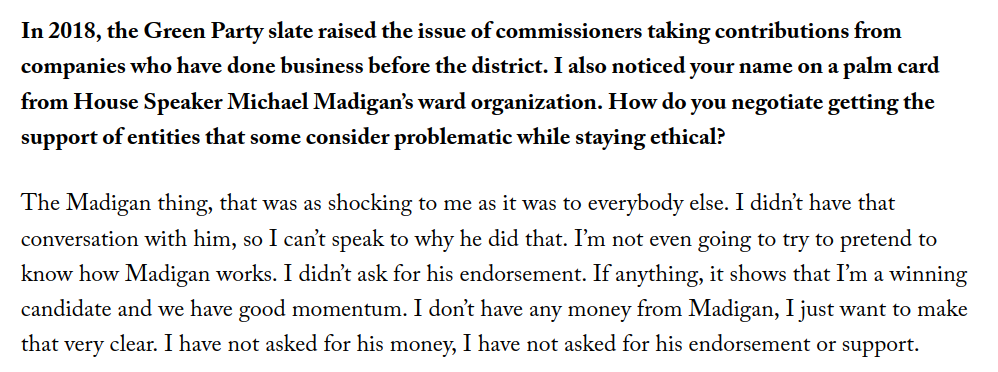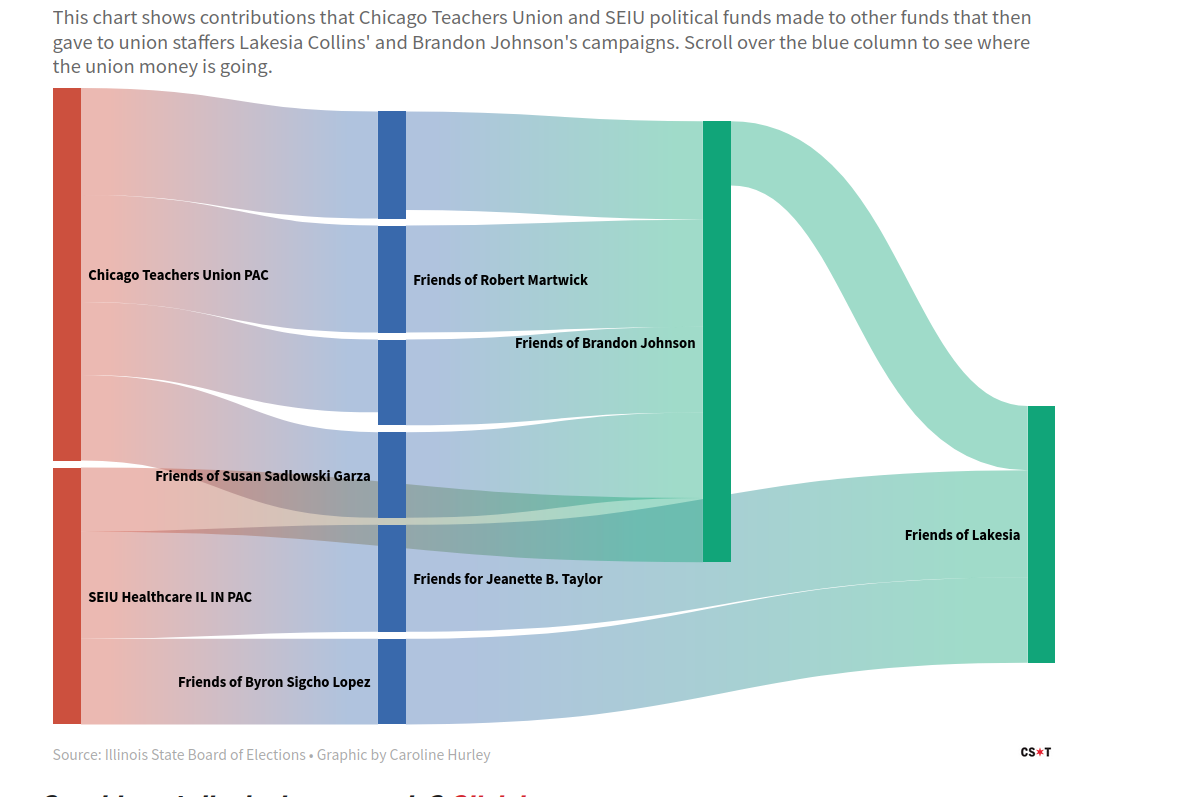Return on Investment
A big problem with political campaigns is that they’re really expensive. Political campaigns need a bit of money to advertise how great their candidates are. But not many politicians are so inspiring that the average voter, much less the average person, is willing to give too much of their money to them. So what is an aspiring politician to do? Go to corporations and other interested parties! This is where things go south.

Speaker Madigan
The Illinois Speaker of the House, Michael Madigan and his cronies took do nothing jobs from ComEd in exchange for approved rate hikes pushed through the IL state legislature by Madigan, allegedly.
An analysis by WBEZ showed that Madigan and his friends (allegedly) got $1.3 million for their do-nothing jobs. Meanwhile, the rate hikes resulted in Illinois residents paying an estimated $2.3 billion in additional electricity bills for a decade. That’s almost a 2000 to 1 return on ComEd’s investment (ROI). Even with the $200 million fine, they’re still coming out over $2 billion in the black.
This illustrates why there are so many corrupt politicians, especially here in Illinois: It’s just so damn profitable to prey on our vulnerable population of narcissists and sociopaths; i.e. politicians.
MWRD
I’m a Green Party candidate for commissioner of the Metropolitan Water Reclamation District of Greater Chicago (MWRD). The MWRD handles Chicagoland’s waste water; sewage and rain water!
The Green Party doesn’t accept corporate campaign contributions and neither do I. Our previous campaigns have called out the corporate cronyism in the MWRD. Most of the elected commissioners take money from engineering firms and construction unions who have a vested interest in making sure those very same commissioners give their firms/unions work… and there’s plenty of that this year.

That corruption is so endemic to our great state that it can fade into the background. What caught my eye was this question to Democratic Candidate Eira Corral-Sepulveda:

Yeah, that doesn’t happen in Chicago. If Madigan supports you, it’s because you play ball.
So I became curious about their possible connection(s). We should all know at this point that most Chicago politicians are sneaky. So I decided to look at the campaign contributions they had in common.
The Social Network
The list of campaign contributors is long for someone like Madigan. Also, I’m a data scientist. I realized that all of the data for campaign contributions is available on the state’s website (and not on Illinois Sunshine dot org like they claim).
We also know that campaigns pass money back and forth as needed or as a sign of good faith. There is a recent Sun-Times report that talked about certain campaign committees acting as a conduit, passing money through from one organization to another in an apparent effort to circumvent campaign finance laws. “The whole thing is gaming the system, and it’s really not any different than money laundering.” Obviously this is illegal, but this is Chicago and no one has been charged with anything, ironically, only Cook County State’s Attorney Kim Foxx has been fined to the tune of $20,000 for campaign finance violations.

This turns out to be the perfect recipe for a social network analysis! You know, like the Feds use for terrorists or mobsters… which isn’t too far from what we’re dealing with here.
So that’s what I did. I downloaded all of the data. There was so much data that I only used data from 2018 through last week. I still had too much data so I only used the 1000 biggest pairs of donors and recipients. The minimum total contribution from 2018 until last week was $151,000.
To accomplish this I cleaned the donor list aided by some software. To a computer seiu is different from SEIU, which is different from S.E.I.U., and also different from Service Employees International Union. For this analysis we needed these to be the same. More controversially, I also merged union locals together. So SEIU Healthcare and SEIU 73 are all just ‘seiu’. (Note: my partner is a member of SEIU 73.) There are arguments for and against doing this. The strongest argument for me doing this was that, given the volume of contributions and absent an intern/grad student to do more precise data cleaning, there was no practical alternative.
I did the same for candidates and their campaigns. Let’s be real, there is little difference between JB for Governor and JB Pritzker the person.
All this took some time so I may have made a mistake here or there, but I believe the gist is largely correct. I won’t bore you with the code this time.
Remember, each dot/node is a politician, PAC, union or similar entity. Each line connecting them represents an aggregate of campaign contributions no less than $150,000.
Illinois Politics Social Network
You can use your scroll-wheel to zoom in and out. Click here to see full-screen version.
There are a few things to notice here. The Republicans are off, mostly by themselves with the exception of Rauner, Bill Daley, and the Chicagoland Operators Joint Labor Management PAC. Then there’s Pritzker, Lightfoot, and to less of an extent Rahm who are adjacent to the Democratic Party.
Then there’s the Democratic Party of Illinois. It looks like a hairball. You’ve got the big green blob on the left that is Madigan. He’s connected to seemingly everyone. Every major politician and union is represented in that hairball.
Have fun poking around.
Here are my takeaways:
1. If I insert my MWRD opponents into the graph (their contributions don’t exceed $150k), they are in the orange construction clique. This makes sense. The MWRD employs and contracts with many construction unions and gets their campaign contributions. This is problematic.
2. The criticisms of Mayor Lightfoot from the left of the Democratic blob (CTU, SEIU, DSA) and from the right of the Democratic blob (Alderman Lopez, FOP) create the appearance of a two front war against Lightfoot when they are, according to this analysis, part of the same Democratic establishment pushing back against an outside force.
3. While I support unions in the abstract, the corruption displayed by their installed politicians like Madigan, the Red Light Camera Crew, and the MWRD, etc, make it hard to believe they’re sticking up for the little guy. It comes off as a lazy power grab. If the rank and file want their unions to regain that mantle and deliver to the next Bernie Sanders a win in Illinois, they should be doing things like supporting ranked choice voting, public financing of campaigns, and Cook County-wide Medicare for All.
There is a lot to talk through here. I hope this starts a conversation. I expect there to be follow up posts.



